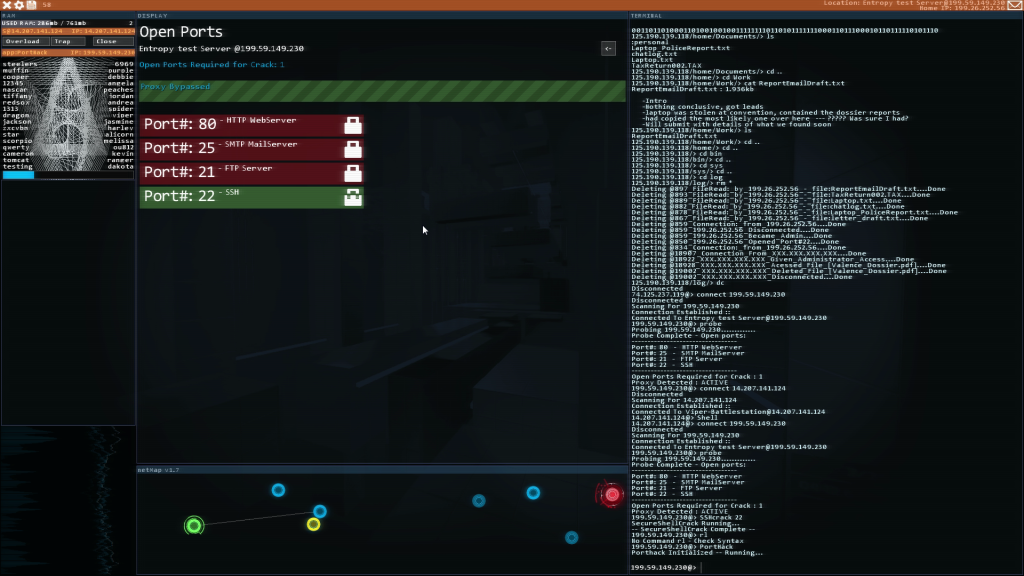Between Flow and Presence
During my ongoing literature review I often discover interesting facts about things I’ve never thought about. Sometimes I can connect these facts with my own observations: The result is mostly a completely new idea why things are as they are. Maybe these ideas are new to you, too. Therefore I’ll share my new science based knowledge with you!
This week: This time, I think about my observations in respect to the influence of flow and presence on the overall experience of a computer game.
Flow occurs when a person is completely immersed in the performance of an activity. This results in the experience of joy and can be described as „being in the zone“. Flow requires an activity that matches the person’s skill level without being too difficult or too easy. When in a state of flow, one likes to remain in the activity.
Presence describes the subjective illusion of being in a real place. Presence positively scales with the degree of sensory immersion in the virtual environment. This mostly is achieved by using visually immersive devices like head-mounted displays. Presence has an effect on the overall experience of the virtual environment and the activities performed.
While the degree of presence also indicates how much a user feels to be a part of the virtual environment, i.e., experience the feeling that own actions matter, flow indicates to fully absorb a users attention and awareness. I recently observed this phenomenon as I played Factorio, again.

Factorio
Factorio is a desktop computer game being played from a bird’s perspective. While the user can interact with the virtual environment using their avatar, presence potentially is low in contrast to fully immersive virtual reality applications. This is a result of a user’s perspective and the fact that Factorio provides no full visual immersion. Despite the low presence, Factorio induces a high degree of flow and fun when being played. It fully absorbs my attention resulting in the outcome of completely forgetting about the passage of time and blending out other changes in the real world.
Thus, although presence is highly important for a very believable experience of a virtual environment, a high flow-inducing characteristic is more important for computer games to be entertaining and fun. However, once having achieved a highly flow-inducing gameplay, increasing presence could further enhance the overall experience.
